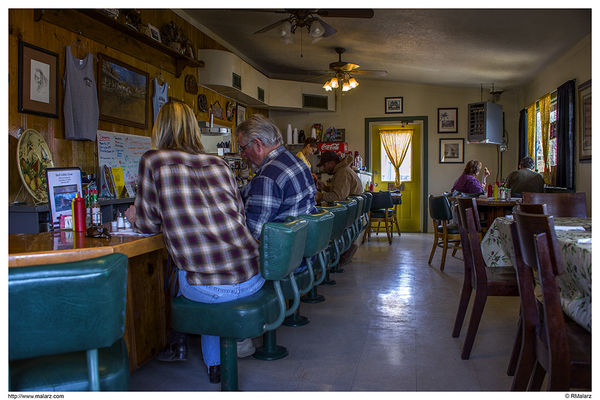ETTR Claims May Be Misleading
Jan 15, 2017 15:26:41 #
There have been two claims repeatedly cited as the benefits of the use of ETTR/EBTR.
1. Noise reduction. But ETTR does not reduce the noise in an image. Noise is reduced by additional exposure. I have provided abundant evidence, procedures and proof of this. I will show links to this evidence shortly.
2. ETTR results in better tonal rendition. This has never been demonstrated.
Claims that ETTR reduces noise are still being made despite clear evidence to the contrary. This has now gone beyond mere error, opinion or lack of understanding. In the face of the clear evidence I have provided in the past this claim is simply not truthful.
In the next post I will show once more the effect of additional exposure on noise as well as the effect of applying ETTR to a high ISO capture and adjusting the exposure accordingly.
1. Noise reduction. But ETTR does not reduce the noise in an image. Noise is reduced by additional exposure. I have provided abundant evidence, procedures and proof of this. I will show links to this evidence shortly.
2. ETTR results in better tonal rendition. This has never been demonstrated.
Claims that ETTR reduces noise are still being made despite clear evidence to the contrary. This has now gone beyond mere error, opinion or lack of understanding. In the face of the clear evidence I have provided in the past this claim is simply not truthful.
In the next post I will show once more the effect of additional exposure on noise as well as the effect of applying ETTR to a high ISO capture and adjusting the exposure accordingly.
Jan 15, 2017 15:34:34 #
The following images show how increased exposure reduces the visiblility of noise. All of the images were taken on a Sony A7 II with the kit lens FE 3.5-5.6/28-70 mm set to 51 mm and f/9.
Images 1, 3 and 4 were taken at ISO settings of 640, 800 and 100 in Aperture priority mode with the Exposure Compensation set at 0. Note that the noise goes down with each reduction in ISO.
Image #1 clearly has noise and other quality issues.
Image #2 was taken with the same ISO setting as #1 but with 1-2/3 stops of additional ETTR exposure (1.67 stops=3.17x). There is some reduction in noise from image #1 to #2 because of the additional exposure. The same exposure and result would have happened if the ISO had been set to 2000 without ETTR.
There is considerably more recuction in noise with image #3 since it got 8x as much exposure (3 stops) as image #1. The overall quality of image #3 is also greater than #2.
Image #4 got 8x as much esposure as #3 and 64x as much as image #1 - 3 stops and 6 stops repectively.
The noise is dificult to see in image #3 but it is impossible to find in image #4.
Images 1, 3 and 4 were taken at ISO settings of 640, 800 and 100 in Aperture priority mode with the Exposure Compensation set at 0. Note that the noise goes down with each reduction in ISO.
Image #1 clearly has noise and other quality issues.
Image #2 was taken with the same ISO setting as #1 but with 1-2/3 stops of additional ETTR exposure (1.67 stops=3.17x). There is some reduction in noise from image #1 to #2 because of the additional exposure. The same exposure and result would have happened if the ISO had been set to 2000 without ETTR.
There is considerably more recuction in noise with image #3 since it got 8x as much exposure (3 stops) as image #1. The overall quality of image #3 is also greater than #2.
Image #4 got 8x as much esposure as #3 and 64x as much as image #1 - 3 stops and 6 stops repectively.
The noise is dificult to see in image #3 but it is impossible to find in image #4.
1. ISO 6400, 1/125 sec
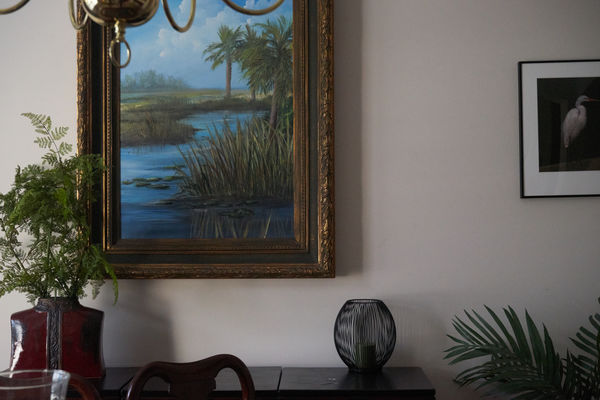
(Download)
2. ISO 6400, 1/40 sec, ETTR +1.7 stops
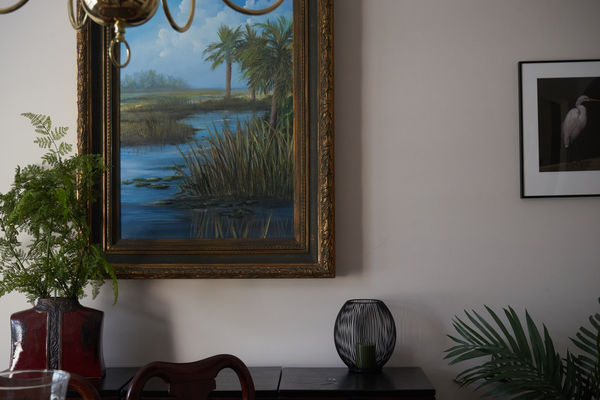
(Download)
3. ISO 800, 1/15 sec
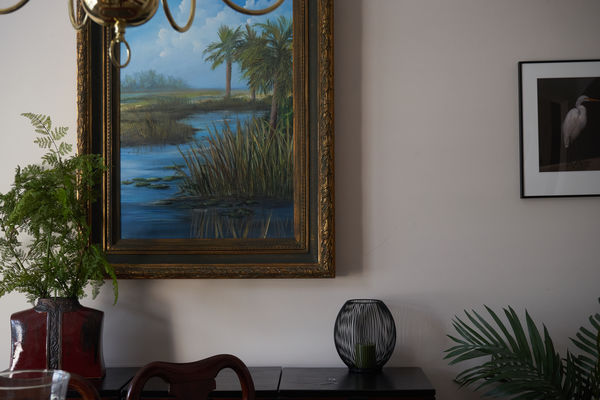
(Download)
4. ISO 100, 1/2 sec
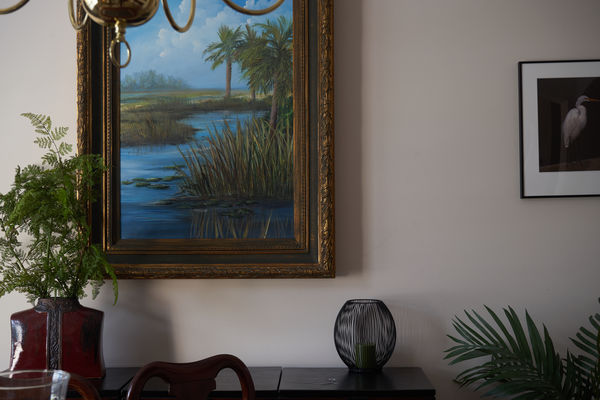
(Download)
Jan 15, 2017 15:44:51 #
Keep flailing away at it, Scotty. The only thing you are accomplishing is confusing those here who might have a genuine interest in using ETTR. Each of these images fail to produce vibrant colors and appear rather "muddy".
--Bob
--Bob
selmslie wrote:
The following images show how increased exposure r... (show quote)
Jan 15, 2017 15:46:25 #
Here are the threads I mentioned in my initial post:
1. What is the Camera's Dynamic Range? "There are two aspects of dynamic range: 1. The capacity of the sensor itself (100%) 2. The numeric capacity of the raw file (for 14 bits, a value up to 16,383)"
2. Is ETTR/EBTR a Concept Whose Time has Passed? "... there are still die-hard users of the technique who promote its use, in the absence of any remaining logical need for the convoluted process."
3. What is the Camera's Dynamic Range? - Part 2 " .... Their numbers and graphs are not as important as the visual evidence I am supplying."
4. What is a Scene's Dynamic Range (DR)? "You can't always trust what your camera's histogram tells you about the shadows and whether you can recover information from them."
5. ETTR-EBTR Challenge "What am I asking for here is for you to post any evidence of a scene where ETTR/EBTR can solve an exposure situation better than the simple caution expressed by, “Don’t blow the highlights.” "
6. ETTR/EBTR at Base ISO "What this shows is that for a scene with a normal dynamic range (DR) there is no benefit from using ETTR/EBTR at base ISO for my camera."
7. Shadow Recovery "Exposed at -2 EV from the camera's base matrix reading."
8. Don't Give Up on Dark Images "Since I was shooting close to base ISO the images could be rescued."
There is enough information in these posts for anyone to repeat my steps using their own camera.
Nobody responded to my challenge in #5 above so I had to do it myself in #6. The conclusion is clear.
1. What is the Camera's Dynamic Range? "There are two aspects of dynamic range: 1. The capacity of the sensor itself (100%) 2. The numeric capacity of the raw file (for 14 bits, a value up to 16,383)"
2. Is ETTR/EBTR a Concept Whose Time has Passed? "... there are still die-hard users of the technique who promote its use, in the absence of any remaining logical need for the convoluted process."
3. What is the Camera's Dynamic Range? - Part 2 " .... Their numbers and graphs are not as important as the visual evidence I am supplying."
4. What is a Scene's Dynamic Range (DR)? "You can't always trust what your camera's histogram tells you about the shadows and whether you can recover information from them."
5. ETTR-EBTR Challenge "What am I asking for here is for you to post any evidence of a scene where ETTR/EBTR can solve an exposure situation better than the simple caution expressed by, “Don’t blow the highlights.” "
6. ETTR/EBTR at Base ISO "What this shows is that for a scene with a normal dynamic range (DR) there is no benefit from using ETTR/EBTR at base ISO for my camera."
7. Shadow Recovery "Exposed at -2 EV from the camera's base matrix reading."
8. Don't Give Up on Dark Images "Since I was shooting close to base ISO the images could be rescued."
There is enough information in these posts for anyone to repeat my steps using their own camera.
Nobody responded to my challenge in #5 above so I had to do it myself in #6. The conclusion is clear.
Jan 15, 2017 15:52:10 #
Almost all of them based on flawed processes and logic.
--Bob
--Bob
selmslie wrote:
Here are the threads I mentioned in my initial pos... (show quote)
Jan 15, 2017 16:01:23 #
selmslie wrote:
There have been two claims repeatedly cited as the... (show quote)
Duh! ETTR (which I almost never do*) is additional exposure. So you are saying that additional exposure if called Expose to the Right does not reduce noise, but if you call it Additional Exposure than it does reduce noise.
"This does not compute!" Robbie the Robot
Once long ago in a much younger galaxy I learned and used the Zone System with film. Expose for the shadows, develop for the highlights (stated in its simplest form). It is basically the same thing.
*I do a lot of ETTL, expose to the left, because I do a lot of Egrets and I usually drop the exposure to avoid blowing out all those white feathers. And if something else comes along and I am in M/A mode I just open the lens a stop or in M/S I just drop the SS a notch or two.
Jan 15, 2017 16:06:39 #
rmalarz wrote:
Keep flailing away at it, Scotty. The only thing you are accomplishing is confusing those here who might have a genuine interest in using ETTR. Each of these images fail to produce vibrant colors and appear rather "muddy".
--Bob
--Bob
The colors are muddy because the room is lit through a window, mostly with late morning skylight. If you want better colors you need to look at http://www.uglyhedgehog.com/t-431124-2.html#7250078 (the light was better) or http://www.uglyhedgehog.com/t-431479-1.html#7259910 (outdoor light) or http://www.uglyhedgehog.com/t-428340-1.html#7197997 (wide DR with highlight and shadow recovery) or http://www.uglyhedgehog.com/t-431479-1.html#7256644 (extreme shadow recovery).
This is not a demonstration of colors. It is a debunking of the notion that ETTR reduces noise. I have proved that it does not.
People may be curious about ETTR but if it turns out not to have any demonstrable benefits than the additional work required is just a waste of time.
Still waiting for a demonstration to the contrary. Why don't you show us an example of how ETTR produces more vibrant colors or anything else than simply exposing normally. Why can't you do it? Do you lack ambition, knowledge or skill? Or are you just unwilling to admit that you are wrong?
Jan 15, 2017 16:17:17 #
robertjerl wrote:
Duh! ETTR (which I almost never do*) is b additio... (show quote)
Additional exposure in any form reduces noise. But ETTR will only lead to a mere stop or two of additional exposure. You can get a stop or two of additional exposure without resorting to ETTR just by cutting the ISO one or two stops.
Going from 6400 to 800 cuts it three stops. You can't do that if you stay at 6400 and apply ETTR. You could go all the way to 100 but the noise level may be tolerable at 800. It's just a matter of what you can tolerate and how well your camera handles noise.
I still use the Zone System with film. It's not quite the same thing except that, if you meter a white bird's feathers and place them where you think Zone VII should be you are benefiting from your Zone System experience. It's not ETTR but it's all related to exposure.
Jan 15, 2017 16:22:40 #
rmalarz wrote:
Almost all of them based on flawed processes and logic.
--Bob
--Bob
Really? Perhaps you can point out the flaws.
I have thoroughly pointed out the flaws in the ETTR logic.
It's pretty clear for everyone to see. What I did can easily be replicated by anyone using their own camera.
Your challenge is to demonstrate that there is a benefit to ETTR that cannot be obtained by lowering the ISO. You will need to show examples and describe a procedure anyone else can follow. So far you have failed to do so.
Jan 15, 2017 16:22:53 #
Scotty, see my post in response to your request. Wait better yet, here's a photo taken, much like yours, in a room with window light for the primary source of illumination.
My theory is that you don't completely understand ETTR / EBTR and thus with to poo poo it as useless.
--Bob
My theory is that you don't completely understand ETTR / EBTR and thus with to poo poo it as useless.
--Bob
selmslie wrote:
The colors are muddy because the room is lit throu... (show quote)
Jan 15, 2017 16:25:15 #
robertjerl wrote:
Duh! ETTR (which I almost never do*) is additional exposure. ....
ETTR is only additional exposure if the highlights are not initially beyond the capacity of the sensor.
Jan 15, 2017 16:25:17 #
You've pointed out nothing. The only thing you've done is opined your interpretation of a technique you obviously don't understand completely.
--Bob
--Bob
selmslie wrote:
Really? Perhaps you can point out the flaws.
I have thoroughly pointed out the flaws in the ETTR logic.
It's pretty clear for everyone to see. What I did can easily be replicated by anyone using their own camera.
Your challenge is to demonstrate that there is a benefit to ETTR that cannot be obtained by lowering the ISO. You will need to show examples and describe a procedure anyone else can follow. So far you have failed to do so.
I have thoroughly pointed out the flaws in the ETTR logic.
It's pretty clear for everyone to see. What I did can easily be replicated by anyone using their own camera.
Your challenge is to demonstrate that there is a benefit to ETTR that cannot be obtained by lowering the ISO. You will need to show examples and describe a procedure anyone else can follow. So far you have failed to do so.
Jan 15, 2017 16:27:54 #
rmalarz wrote:
Scotty, see my post in response to your request. Wait better yet, here's a photo taken, much like yours, in a room with window light for the primary source of illumination.
My theory is that you don't completely understand ETTR / EBTR and thus with to poo poo it as useless.
--Bob
My theory is that you don't completely understand ETTR / EBTR and thus with to poo poo it as useless.
--Bob
What post in response to my request? Link?
And the colors look muted. Try again.
Jan 15, 2017 16:35:49 #
rmalarz wrote:
You've pointed out nothing. The only thing you've done is opined your interpretation of a technique you obviously don't understand completely.
--Bob
--Bob
I apparently understand it better than you or Uuglypher. I can see the fallacy. You can't (or won't).
Jan 15, 2017 16:40:37 #
Quit misleading the rest of the members here, Scotty. There is no fallacy. It's you who are failing to see the scientific basis of ETTR.
--Bob
--Bob
selmslie wrote:
I apparently understand it better than you or Uuglypher. I can see the fallacy. You can't (or won't).
If you want to reply, then register here. Registration is free and your account is created instantly, so you can post right away.


